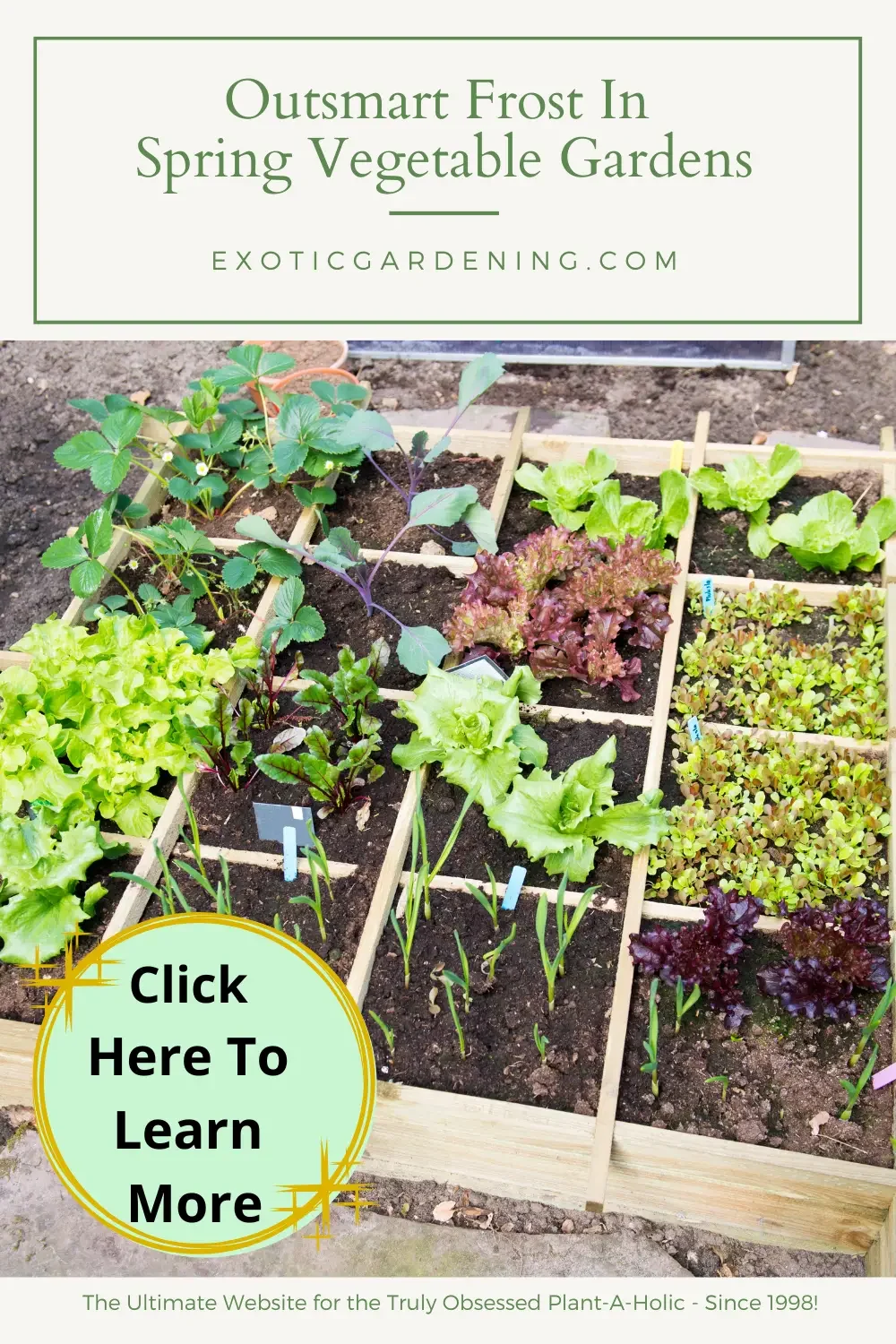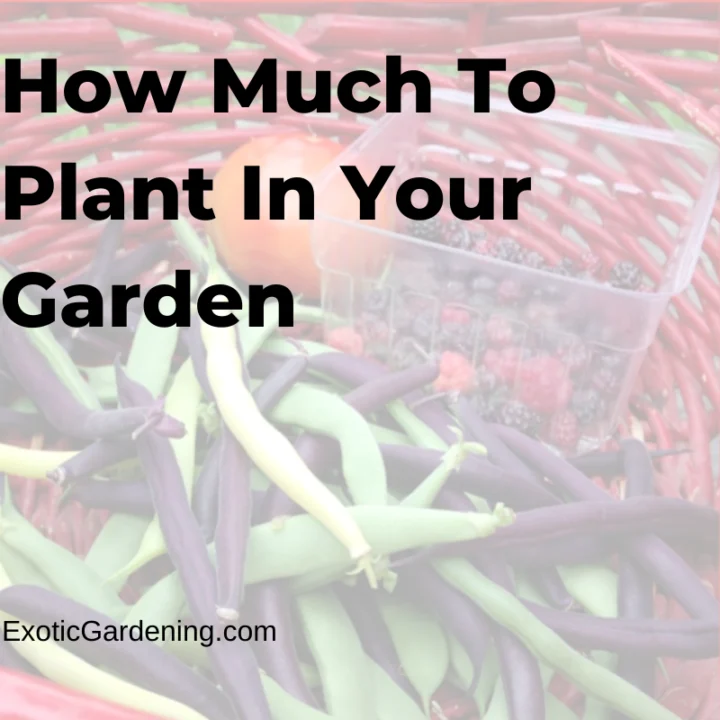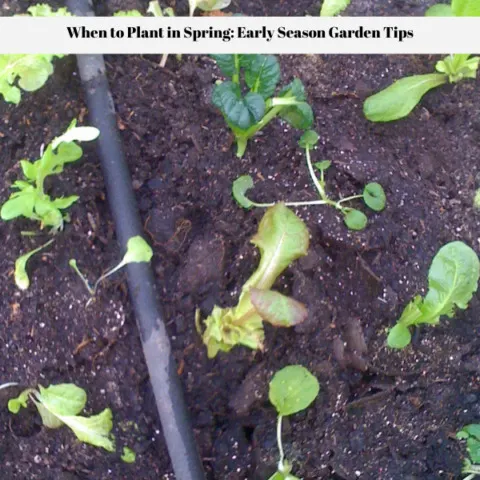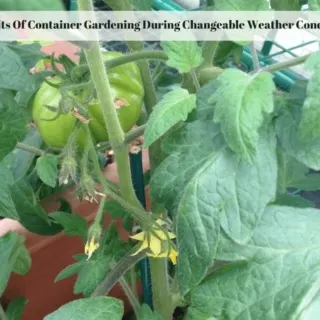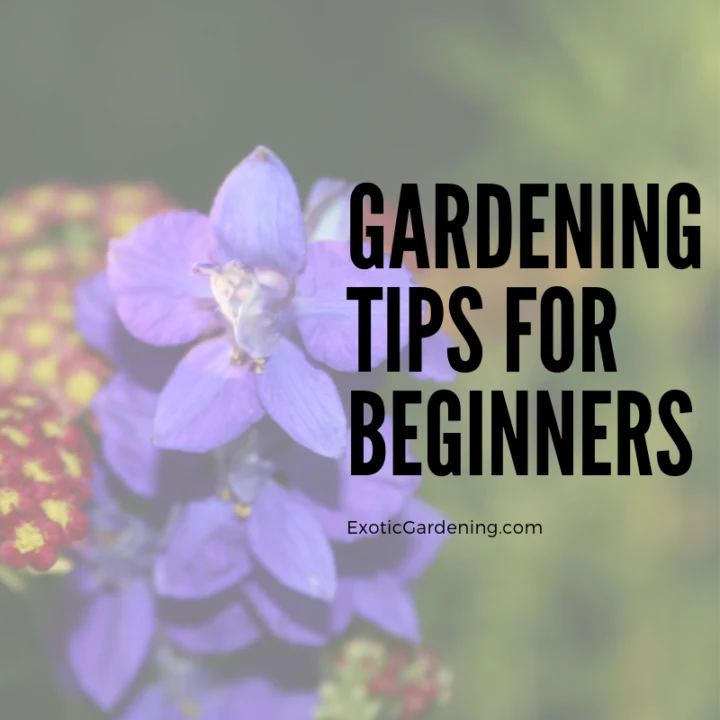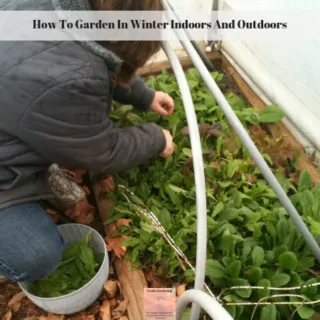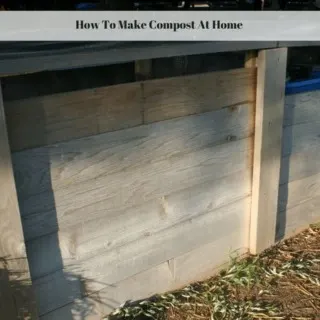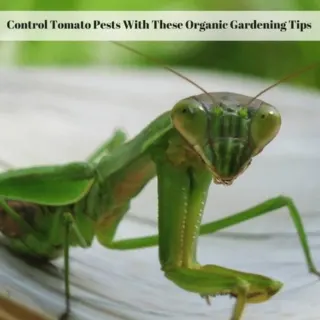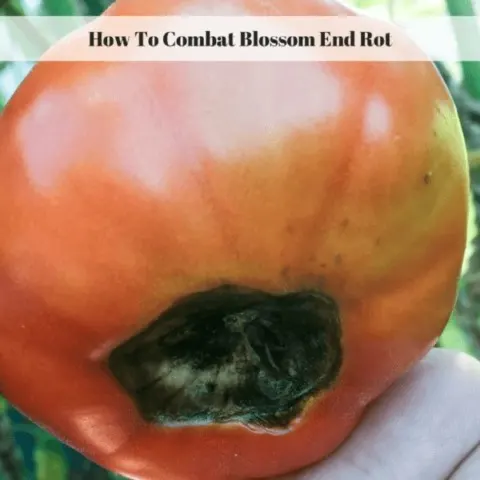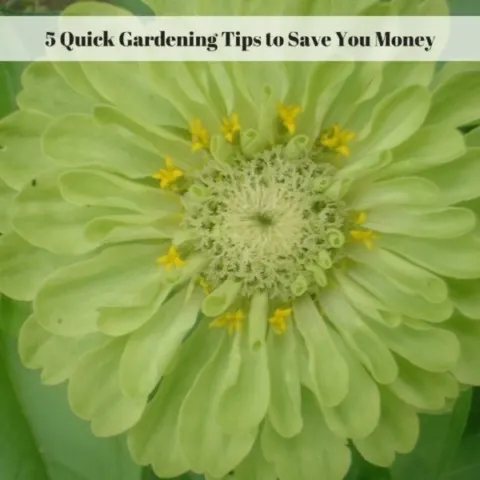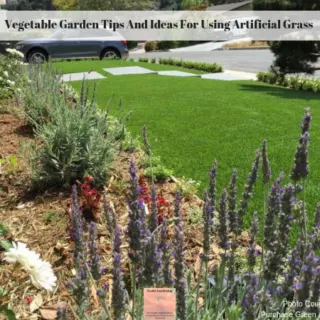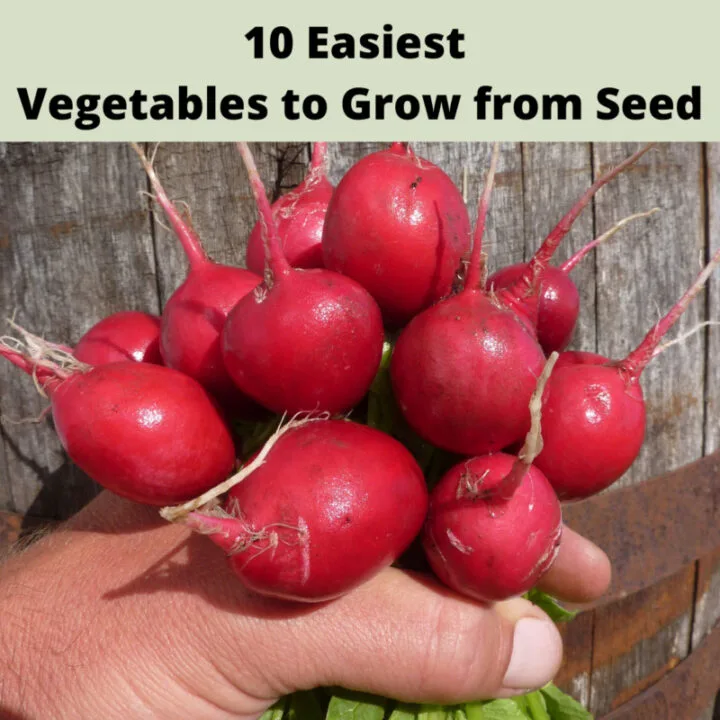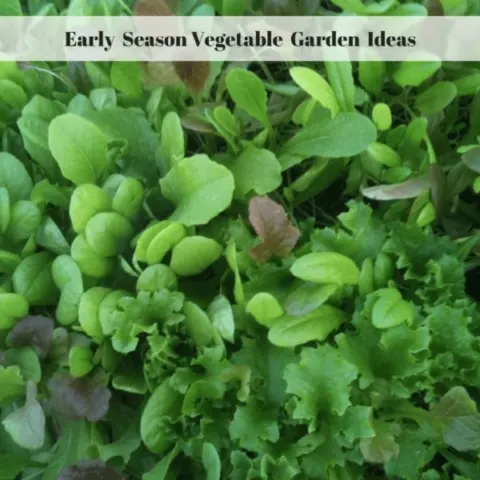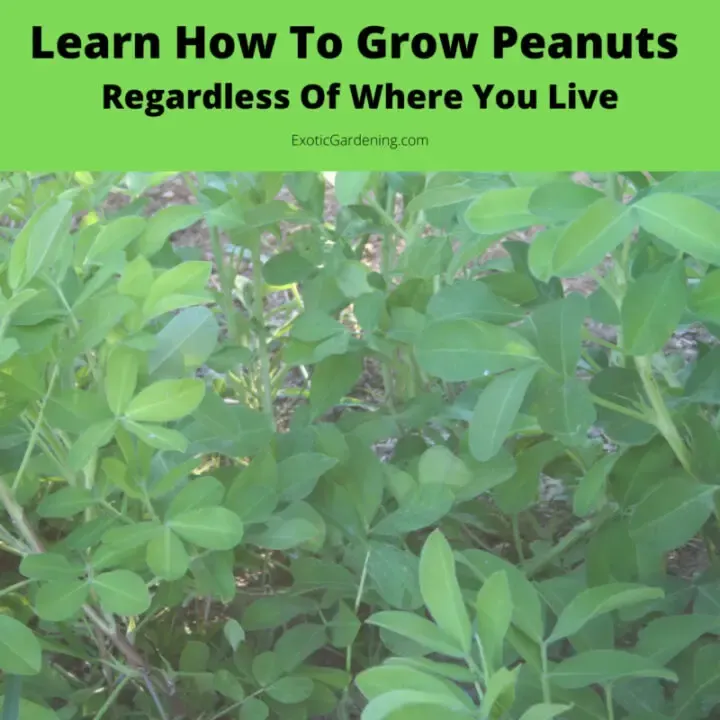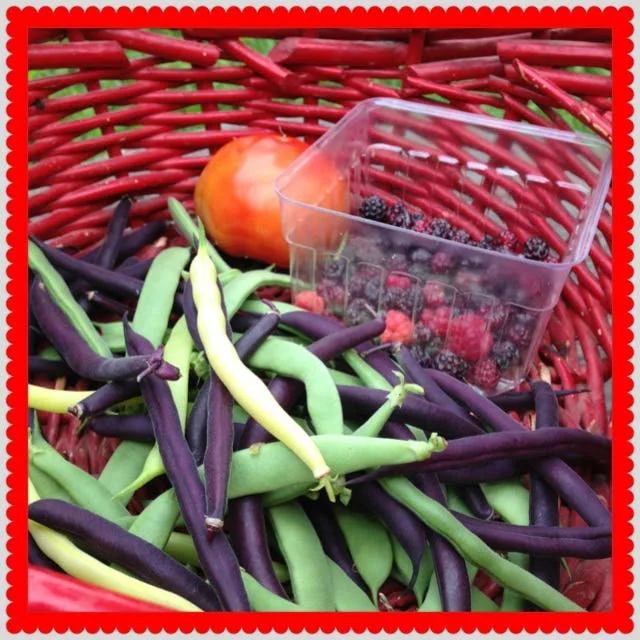Before planting the vegetable garden, it is a good idea to make a plan on paper then prepare cold frames or tunnel houses to protect the crops from unexpected frost in spring.
Planning a vegetable garden on paper is something many gardeners do, but they often forget about planning an early spring vegetable garden.
Planning the garden on paper before planting it can help gardeners envision what their garden will look like, how much they can grow and make sure the right plants are in the right spots for companion planting.
Doing this also helps with crop rotation from early spring to summer and on into fall.
Once the vegetable garden plans are down on paper and the gardener is satisfied, it is time to head outside to the garden to build the appropriate sized frost fighting structures and warm the soil.
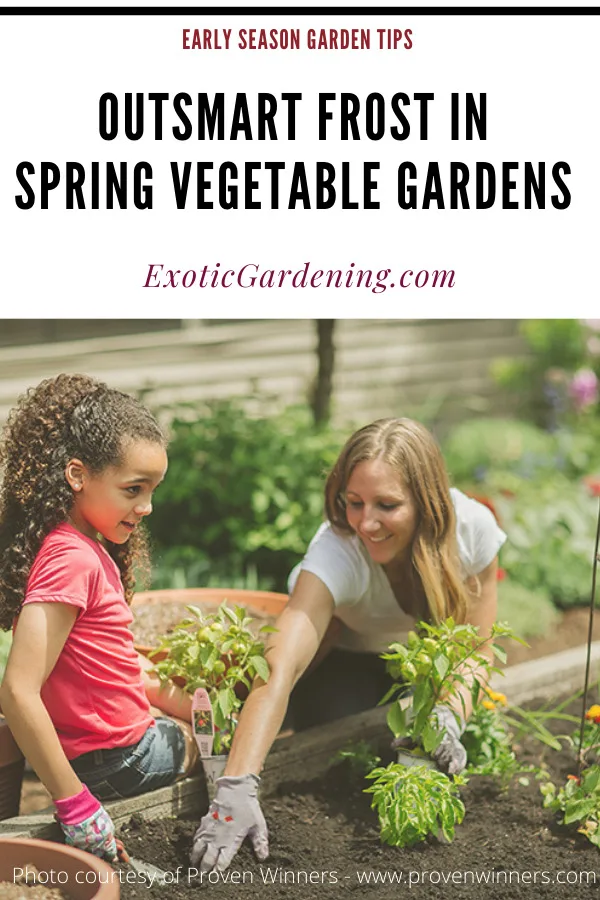
Structures To Outsmart Frost In Spring
Frost and cold weather is a given factor of spring and fall gardening.
Since gardeners cannot control the weather, the easiest way to proceed with the vegetable garden plans is to outsmart Mother Nature by using cold frames, tunnel houses and row covers.
Cold frames are nothing more than a box that has a see through cover on top.
Not to mention they are a great way to protect plants from those unexpected spring frosts you simply cannot avoid.
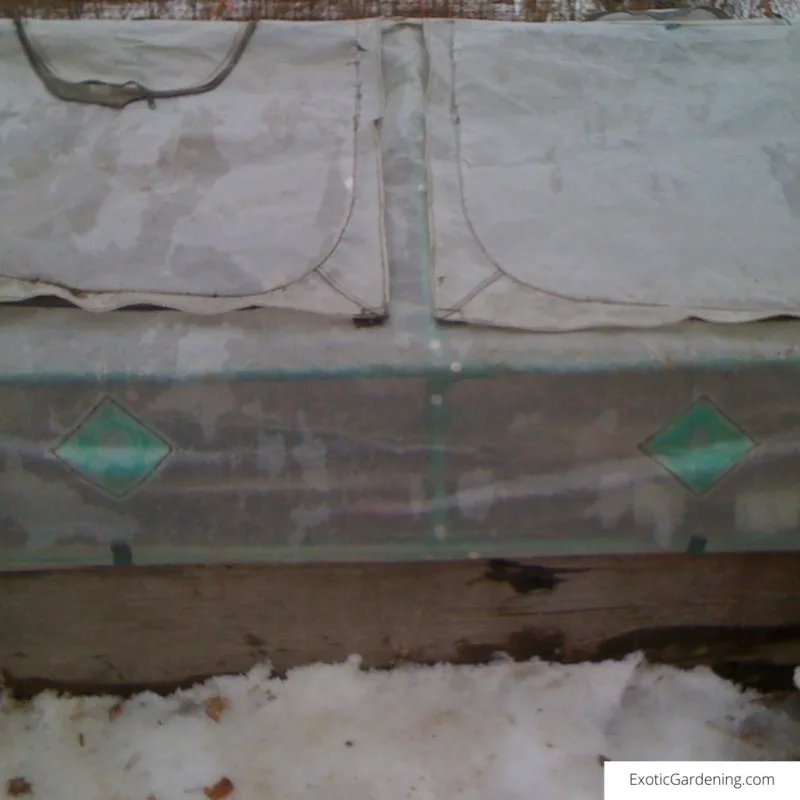
Make A Cold Frame To Protect Plants From Frost In Spring
A cold frame can be made out of four bales of straw and an old window.
A more elaborate one can be made out of a wooden frame covered with 6 mil. plastic.
For those who don't want to make a cold frame, there is even the option of buying one and simply assembling it.
Tunnel Houses And Hoop Houses Protect Plants From Frost In Spring
Tunnel houses, or hoop houses, are nothing more than large walk-in cold frames.
Their name comes from the fact that the structure itself looks like a half circle.
Tunnel houses are usually covered in cold frame.

Protect Plants From Frost In Spring With Row Covers
Gardeners use row covers also known as frost covers inside cold frames or tunnel houses to add an extra layer of frost protection.
This spun-bonded material allows light to get to the plants while increasing the temperature around the plants a few extra degrees.
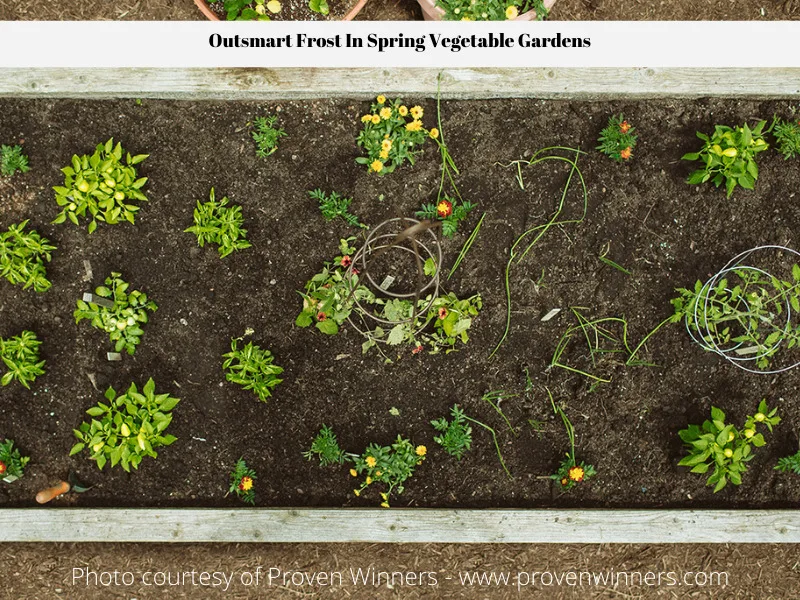
Warm The Ground Inside The Structure You Use
Once the structures are in place that will protect the plants during the spring or fall, the next step is to warm the soil.
This is an important to help get the plants off to a good start especially if it is still cold outside.
Seeds and plants put into cold soil simply do not thrive.
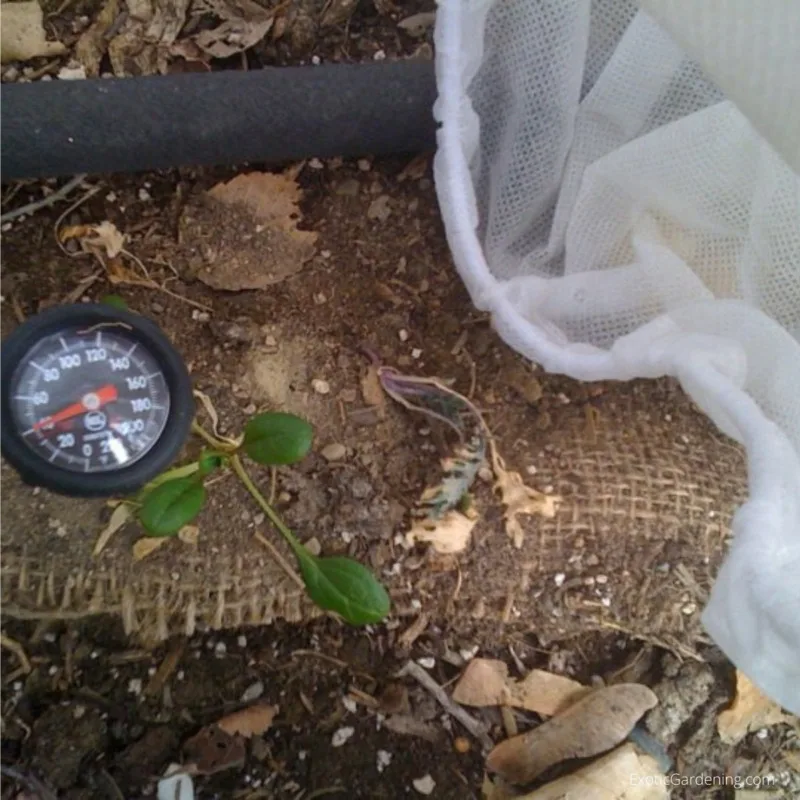
How To Warm The Soil
Every vegetable has a preferred soil temperature.
For example, tomatoes prefer soil that is around 70 degrees F.
Use a soil thermometer to check the soil temperature.
One way to warm the soil is to use plastic.
Black plastic is the color used the most; however, there are colored plastic mulches that will do the job just as well.
Some gardeners prefer to use red plastic mulch film, under tomato plants because research shows that the red color increases the tomato production.
Gardeners looking for a more environmentally friendly way to warm the soil may choose compost.
A 3-inch layer of compost put on top of the existing soil will help insulate and warm the soil underneath.
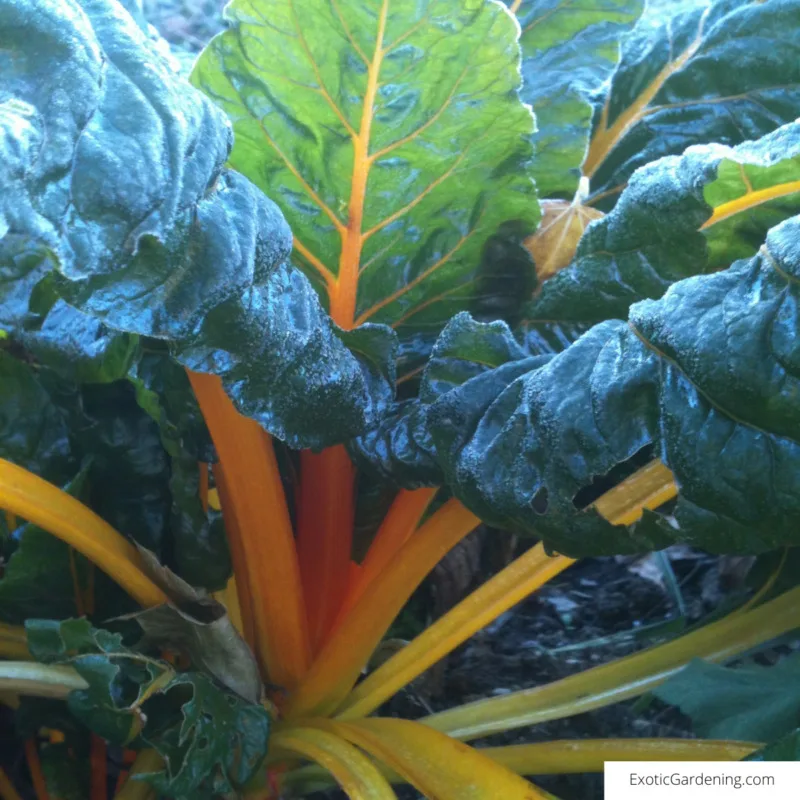
Grow Plants Frost Don't Damage
Of course there are a few cold weather plants that are simply not affected by a light frost and you can always plant them.
Choose plants that are at least eight weeks old and well acclimated to the outside temperatures.
Peas which can be direct planted, Brussels sprouts and Swiss chard are a few examples of plants that light frosts don't damage.
However, it is ok to plant these crops in a cold frame if you wish.
The warmer the plant is, especially the roots, the faster the foliage will grow.
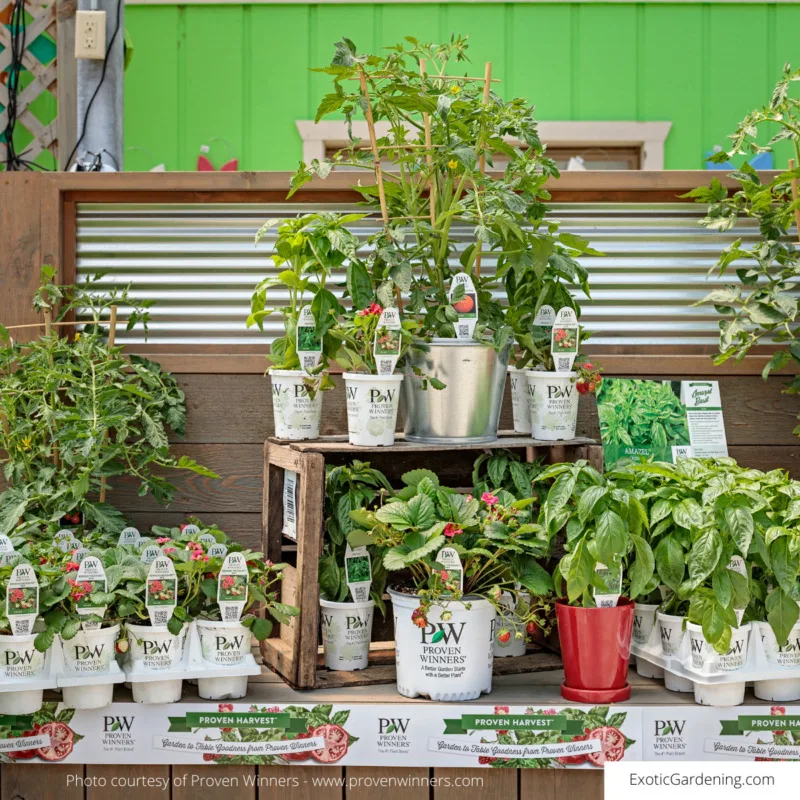
Why All Of This Matters
While some gardeners are not concerned about unexpected frost in spring because they prefer to plant after all threats of frost are over, understanding this concept does matter.
The reason is because sometimes frost in spring happens days or even weeks after the last expected frost date.
By taking the time to understand what needs to be to help your garden survive late spring frosts, you won't panic when they happen.
Simply tossing a bedsheet over your plants doesn't guarantee they won't be damaged, especially if the bedsheet touches the plant foliage.
It is a good idea to keep a roll of 6 mil plastic and row cover on hand as well as some tomato cages or other materials you can use to suspend the covers above the plant foliage.
However, the real advantage to outsmarting frost in spring is earlier harvests and being able to also extend the garden into the fall, or even winter months, if you choose to.
Planting Your Garden
How Much To Plant In Your Garden
This article will help you figure out how much to plant in your garden depending on your family's size and whether you want to preserve the food or not.
When to Plant in Spring: Early Season Garden Tips
Know when to plant in spring by using these early garden season tips. These tips will allow you to get a head start on your vegetable garden.
Benefits Of Container Gardening During Changeable Weather Conditions
Changeable weather conditions certainly impacts gardeners who wish to grow their plants in the ground, but there is a solution. Learn about the benefits of container gardening and how it can help gardeners deal with climate change!
How To Grow Tomatoes
Learn how to grow tomatoes and how to plant tomatoes in a garden. Growing great tomatoes is easy if you follow a few simple steps.
Mastering Sweet Potato Gardening: How to Plant Sweet Potato Plants
Unlock the secrets of successful gardening with our guide on how to plant sweet potato plants for a bountiful harvest!
Gardening Tips For Beginners
These gardening tips for beginners will help you get your first garden started right. Tips on gardening planning, caring for bareroot plants and more.
How To Garden In Winter Indoors And Outdoors
Learn how to garden in winter indoors and outdoors. There are many vegetables and herbs that don't mind the cold or thrive in containers.
How To Make Compost At Home
Learn how to make compost at home using materials you already have on hand and are likely to throw into the trash and send to the local landfill.
Control Tomato Pests With These Organic Gardening Tips
These organic gardening tips for controlling pests on tomato plants help you identify, control and get rid of the problem without the use of organic pesticides in most cases.
How To Combat Blossom End Rot
Wondering what to do about tomatoes with brown spots on the bottom of them? Learn how to combat blossom end rot, a common problem many gardeners encounter.
Save Money! Harvest Free Vegetables Year-Round In Any Climate!
Garden tips for beginners - and advanced gardeners alike - that are sure to help save money. These gardening tips are about more than just plant care!
Vegetable Growing Realities: More Than Economic Benefits
When it comes to the facts of vegetable growing realities, there are more reasons than just the economic benefits for doing it.
Greenhouse And Coldframe Garden Structure Ideas
Learn about tunnel houses, greenhouses and cold frame garden structures as well as how they are used to grow plants outdoors year round.
Vegetable Garden Tips And Ideas For Using Artificial Grass
If you're looking for vegetable garden tips and ideas that incorporate the use of artificial grass, look no further! Weed prevention, pest control and environmental benefits. If you're looking for vegetable garden tips and ideas that incorporate the use of artificial grass, look no further! Weed prevention, pest control and environmental benefits.
10 Easiest Vegetables to Grow from Seed
Learn about the 10 easiest vegetables to grow from seed. Not only are there some unique heirloom varieties, but they are tasty too!
Extend the Spring Vegetable Garden
Learn how to extend the spring vegetable garden into summer, fall or even winter by using various shading and covering techniques.
Survival Food Garden: Grow Vegetables For Disaster Preparedness
A survival food garden is a great thing to have even if you don't believe the zombie apocalypse is coming.
Peanuts Are Exotic Plants: Growing vegetables such as peanuts can make your garden unique
It is possible to learn how to grow peanuts even if you don't live in a warm climate. Peanuts are exotic plants that are fun to grow.
Plant A Row For The Hungry: Feed The Hungry By Donating Extra Garden Produce
Plant A Row For The Hungry encourages gardeners to plant extra vegetables and donate them to their local food pantries to help those in need.
What Garden Seeds To Plant In June
There are a number of vegetable garden seeds to plant in June. Even if the soil is too wet to work, there are ways around that.
Eat Better, Save Money By Growing A Garden
Learn how you can eat better and save money by growing a garden right in your own backyard or even on your balcony!
Sheri Ann Richerson
Growing organically is important because the produce is healthier and contains more nutrients.
It is better for the environment, insects and birds, plus there is no concern about the potential issues with GMO’s.
It is also environmentally friendly and helps reduce your carbon footprint, not to mention saves money.
Plus there is the holistic perspective of growing an organic garden because from the soil to the food we eat, it is all interconnected.
In this course you will learn:
How to build healthy organic soil
When to plant seeds or established plants as well as when to direct sow
How to simplify garden maintenance
Natural methods of pest control

